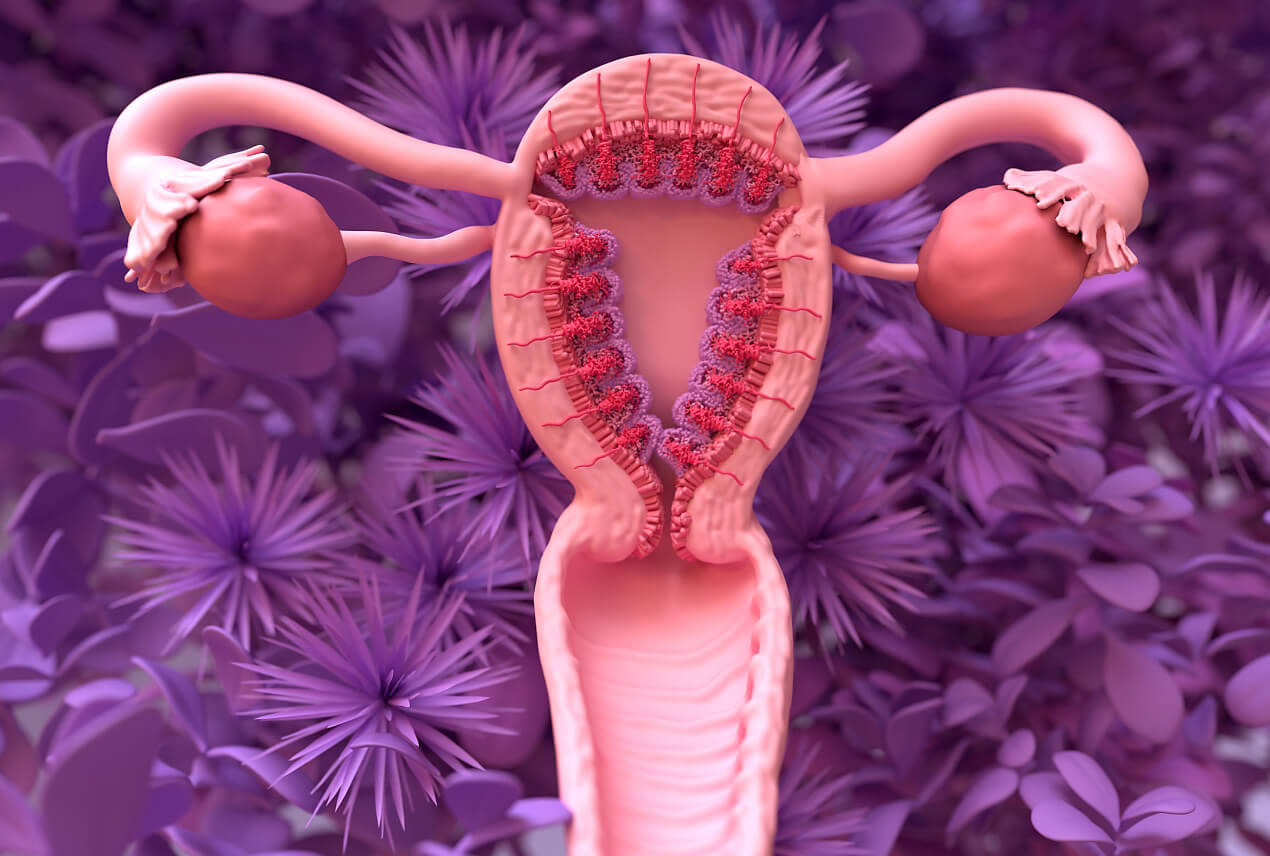The World Health Organization (WHO) defines reproductive health as "a state of complete physical, mental and social well-being and not merely the absence of disease or infirmity, in all matters relating to the reproductive system and its functions and processes."
Reproductive health is the condition of your reproductive systems throughout all life stages. It encompasses sex, fertility, organ health, reproductive conditions and having control over family-building.
It's a lifelong consideration that can also impact other aspects of your physical and mental health and well-being.













